
While flowers may enhance a garden’s beauty, it’s the leaves and extended foliage they are attached to that count. Why these are important is that they bring large quantities of texture and add contrasting colors to a garden. You can get every shade of green, depending on the plant you choose. Sometimes green leaves are mixed with other colors such as purple or white. These take an unusual turn, and look even more appealing.
We all know how essential leaves are to the health of plants. When they come in variegated colors, shapes and sizes, they add zest to your garden as well as being useful. Unusual leaves in unique colors, for example, may also attract insects to flowers, though flowers themselves typically do. Some adventurous gardeners are more interested in extraordinary leaves while planning a garden. The flowers are just a bonus feature.
Perennial and annual plants may offer interesting flowers while they’re in bloom. Nonetheless, you have to remember that the flowers may die out, but it’s the foliage that lasts. When you have some rare leaves in your garden, the wonder of your garden will remain with you season after season. Here are some pretty unusual leaf varieties that you can explore. Unusual leaves thrive in shady areas.
Coleus Leaves
Coleus plants are grown for their elaborate leaf colors. Gorgeous reds, pinks and some greens mixed with magenta are what these colors are. The leaves are moderately large in size so they immediately draw your attention. These are tender and tropical. Some leaf patterns may be spotted and splashed. You can choose from purple, burgundy, yellow, pink and a dazzling chartreuse. These plants can be planted in pots or beds, but the trend is to plant rows of these in pots. They need a little more than regular watering practices and grow well in partial shade. Coleus flourishes in the summer. They are easy to grow, and some are good for baskets as they are trailers. Vibrant varieties include Big Enchilada, Copper Sun and Brilliancy.
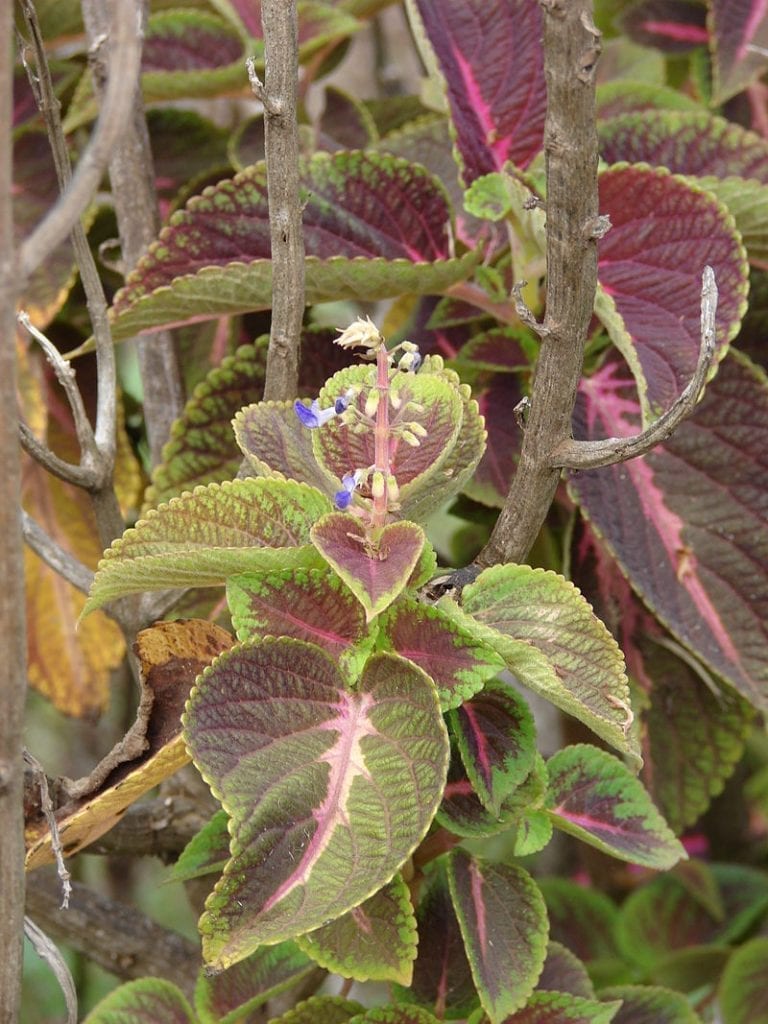
Sliver Lyre Afghan Fig Leaves
These extraordinary leaves grow on a fig tree that doesn’t produce the tastiest figs. The figs aren’t eaten typically, but the tree is grown for its ornate silvery green leaves. These are sparkling and resistant to drought conditions. The tree does well in partial shade to full sunlight. The tree grows in well-drained soil. These trees are not affected by pests. If birds are an issue, plants may be covered by nets.
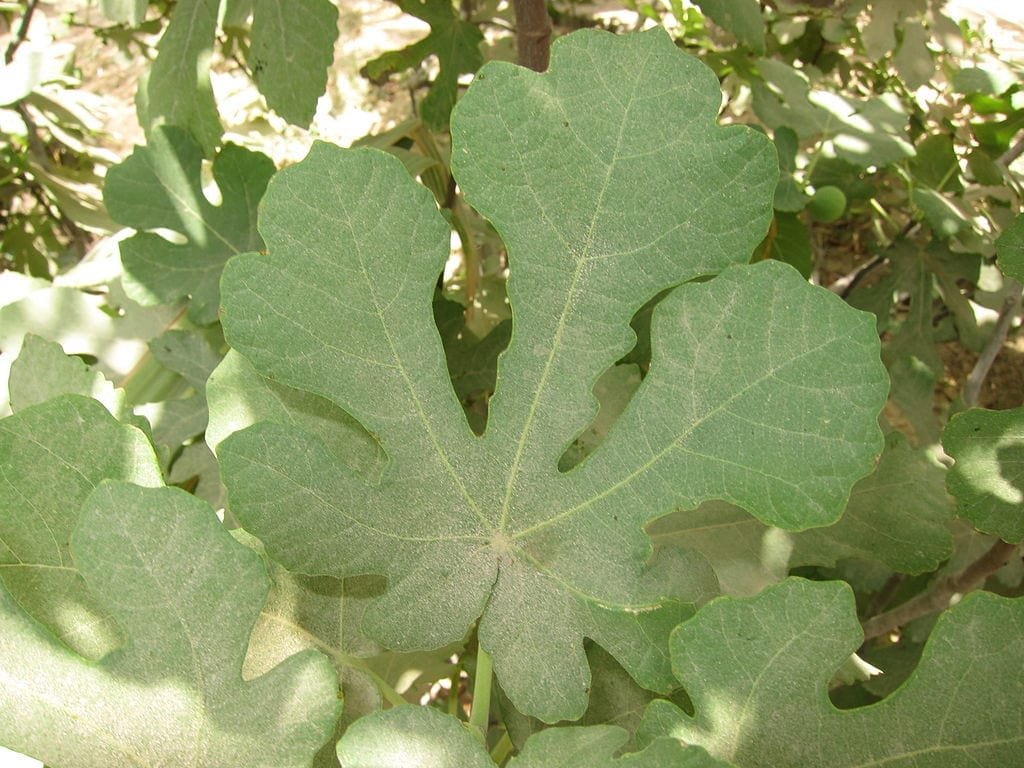
Polka Dot Plant Leaves
Houseplants that have a colorful array of dots on their leaves are the outstanding feature of this plant. These are hybridized to create a range of spots and colors. For the way they look, they’re called “freckle face plant”. This plant has the ability to grow in any kind of light source that is not direct. In low light, the leaves show their best color.
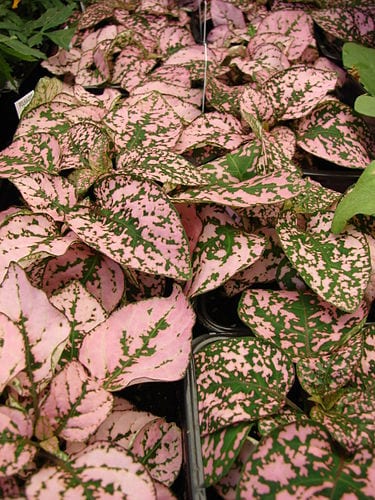
Native to Madagascar, the plant can grow up to 3 feet. Foliage is the principal reason to grow this plant. Some leaf varieties have mottled spotting on them. Leaves come in purple, lavender, white and scarlet leaves that are speckled. The Confetti variety has proper spots on the leaf. Plants grow well indoors, and need warm to temperate weather outdoors. Warm and moist soil is required for this plant to thrive. As the plant ages, stems become woody. The plant is easily grown from cuttings.
Artemisia Leaves
This plant belongs to the family of daisies. The flowers, nonetheless, have no significance. The leaves are quite another story. Common garden varieties include sweet Annie, mugwort, southernwood, sweet Annie, wormwood and tarragon. All these look exquisite for their foliage, and have extraordinary leaves. You can be sure that people will be stunned into silence by looking at the silvery white leaves that offset pastel flowers in the most complimentary way. In the sunlight, the leaves will have a sheen that is memorable. The leaf shape gives the distinct impression of a snowflake.
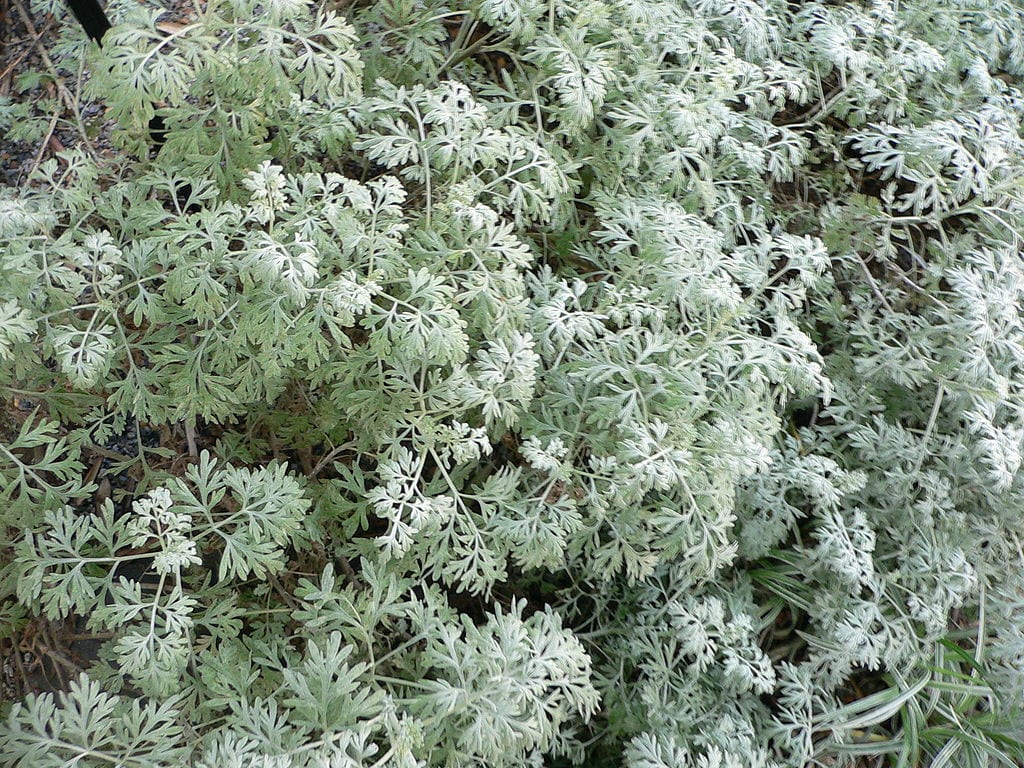
Begonia Leaves
Begonia plants grow lovely blooms. They grow in tropical and sub-tropical climes. Some varieties can be kept indoors in cooler weather. They are native of South and Central America, Africa, and Asia. Begonia leaves are as beloved as the flowers. They are quite large and many varieties have complex patterns with variegated markings. Examples of their leaves with designs are Begonia Rex, Begonia Brevirimosa and some that come in curly nautilus leaf types.
Rex Begonias have the most unique leaves out of all the begonia leaves. They have swirling patterns, and sometimes spiral ones. Leaves are ruffled and look so attractive, you tend to love them more than the flowers. Rex Begonias are tedious to care for, so it’s best to keep them in containers. You have more control that way.
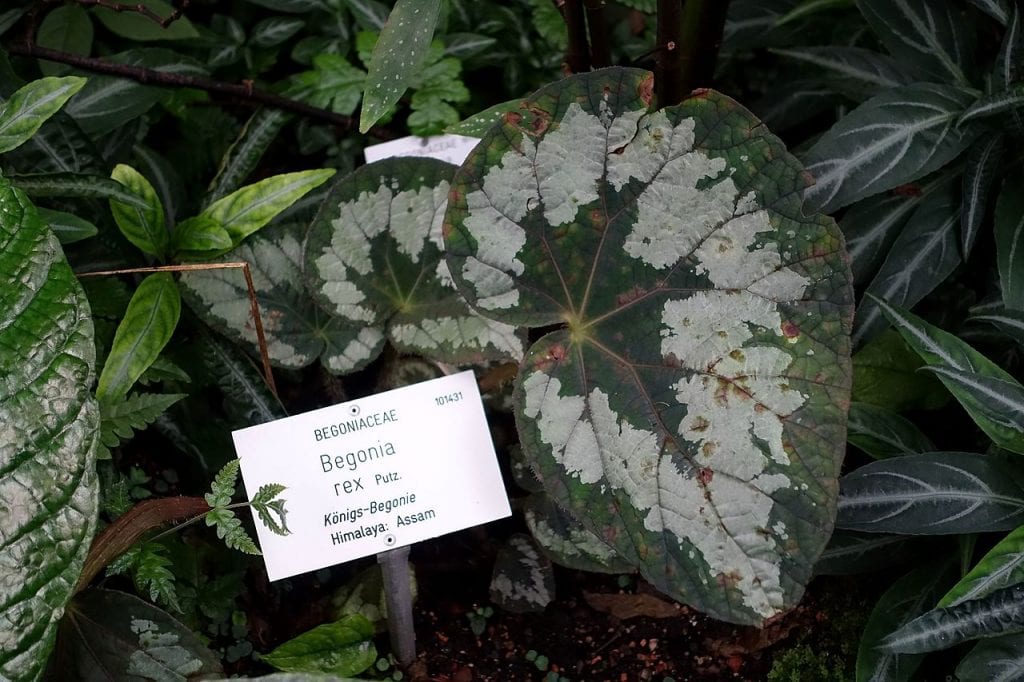
Persian Shield Leaves
You won’t find more iridescence in any other extraordinary leaves than in these. This sub-shrub has a way of staying evergreen in very hot climatic conditions. You can grow it as a houseplant or grow it outdoors in cool weather. It will grow in spring if you take out cuttings and plant them. They can take the heat of full sunlight, but they shine an iridescent pinkish green in the shade.
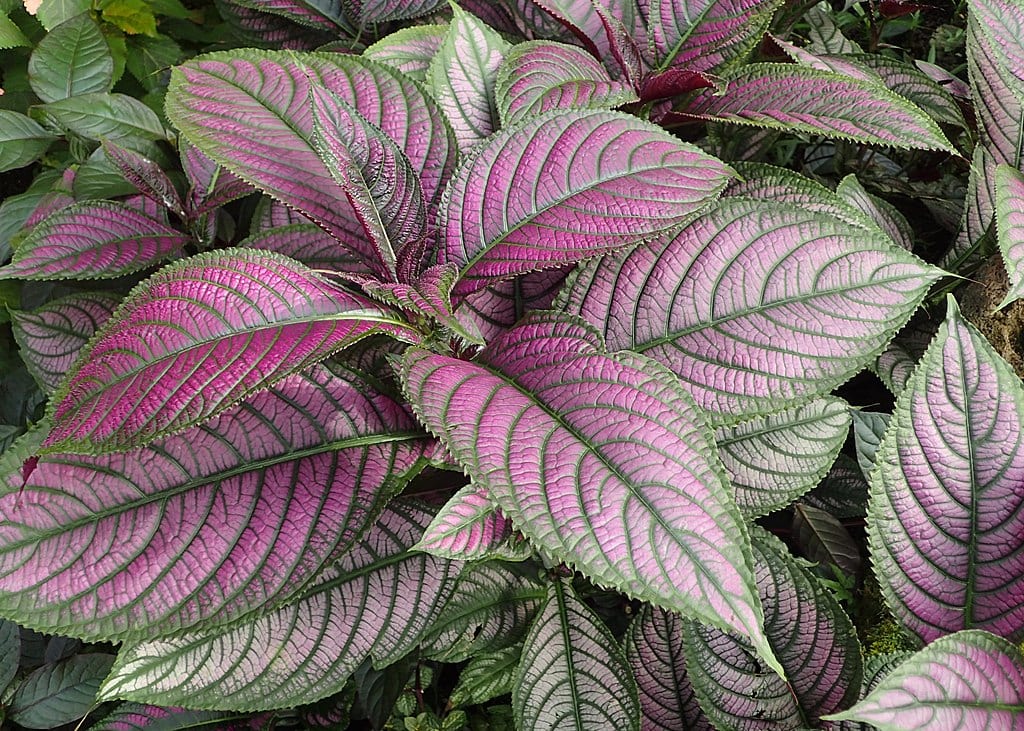
Tricolor/Bicolor Beech Leaves
One of the most unusual leaves you will ever behold are these tricolor or bicolor Beech tree leaves. They have leaves in which most of the leaf is a light metallic pink and white, and a green accent shows on one side. Its almost as if someone has painted on the green part. Depending on the leaf variety, there is more or less of variegation. A very bold addition to any garden, you don’t have to wait till fall to take in these wonderful leaf colors.
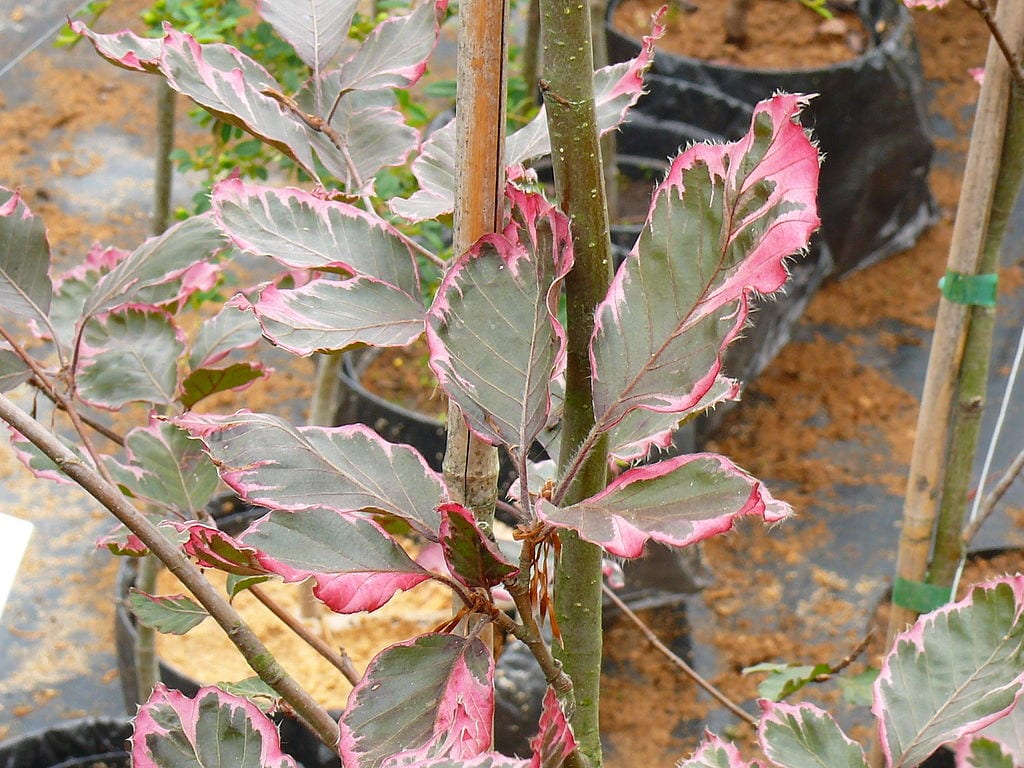
Rose Geranium Leaves or Pelargonium Graveolens
An erect multiple branched shrub, the unique leaves of this plant are incisive shaped. They are soft and velvety to the touch, and the plant is native to Northern parts of South Africa, Zimbabwe and Mozambique. The leaves have another unique feature. Some may have an aroma of roses.
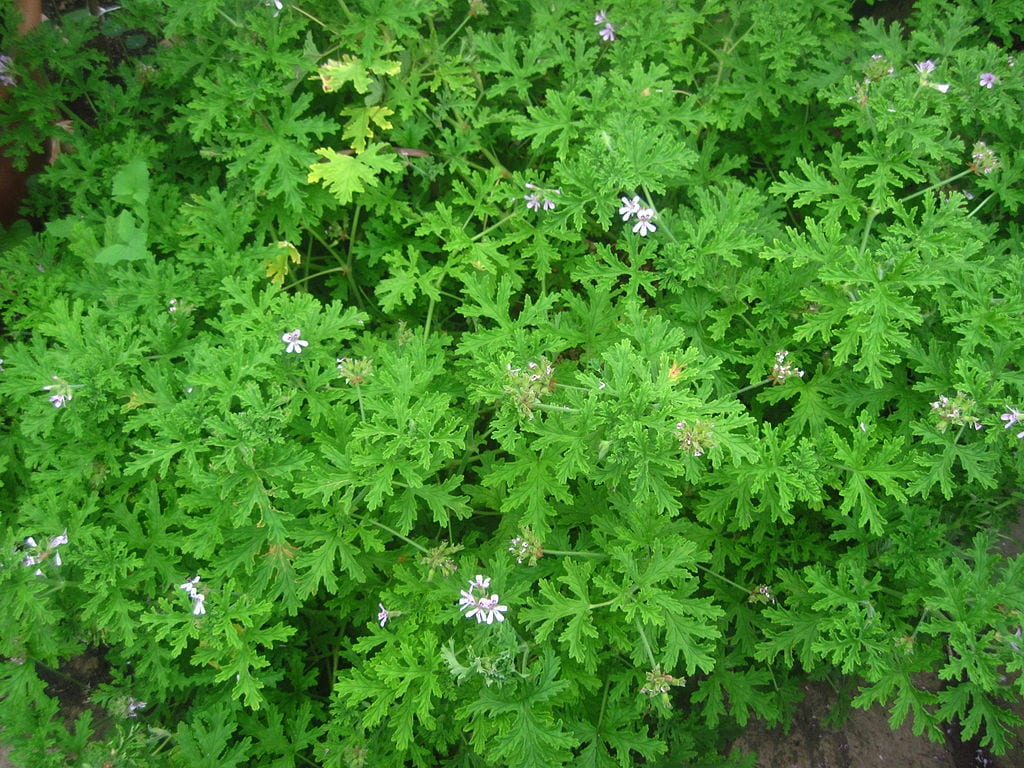
Canna Leaves
Canna plants have leaves with a lot of show and tropical flair. They are very large, almost resembling banana leaves. The leaves come in a variety of colors from green to red, and striped unusual leaves are a wonder to behold. There may also be leaves with a hint of stripes and these may look almost translucent in the sun. The plant has flashy flowers, but even without the blooms, the leaves have a beauty to call their own. Gardeners have been known to remove the flower stalks on purpose, so that the plant has enough strength to grow just leaves. Canna plants thrive in a lot of water and hot weather.
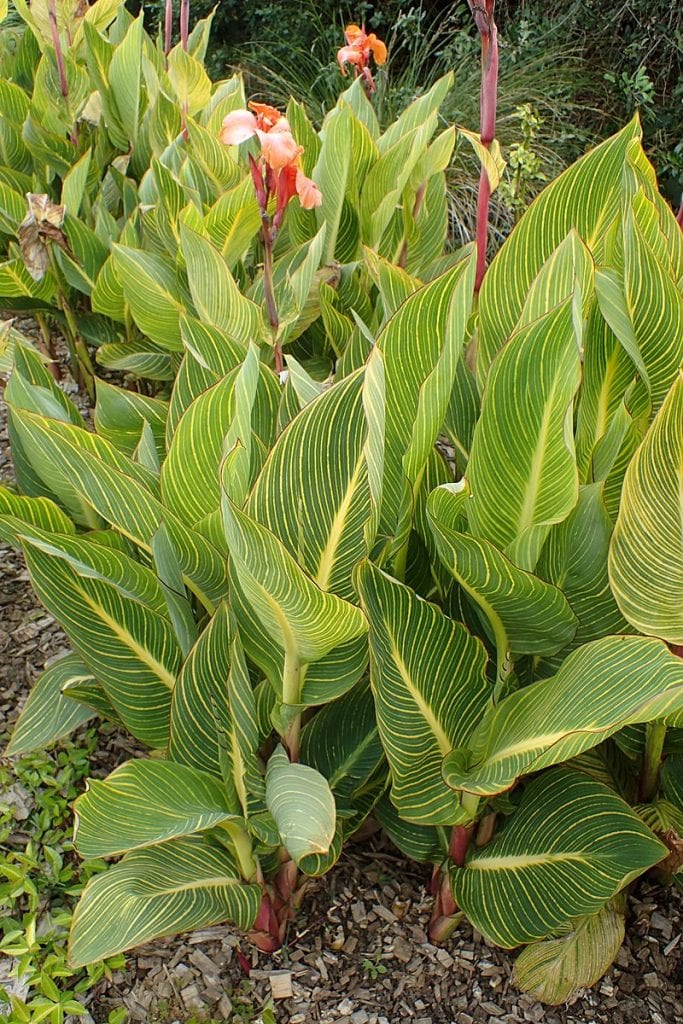
Coral Bell Leaves
Coral Bells are foliage of a deep purple to burgundy hue. Colors such as lime green and red are grown as well. Leaf shapes are like round lobes with hair. These are evergreen, even in snow. They grow well in beds or containers. The plants thrive in shade, but need some sun, about 4 to 5 hours or so.
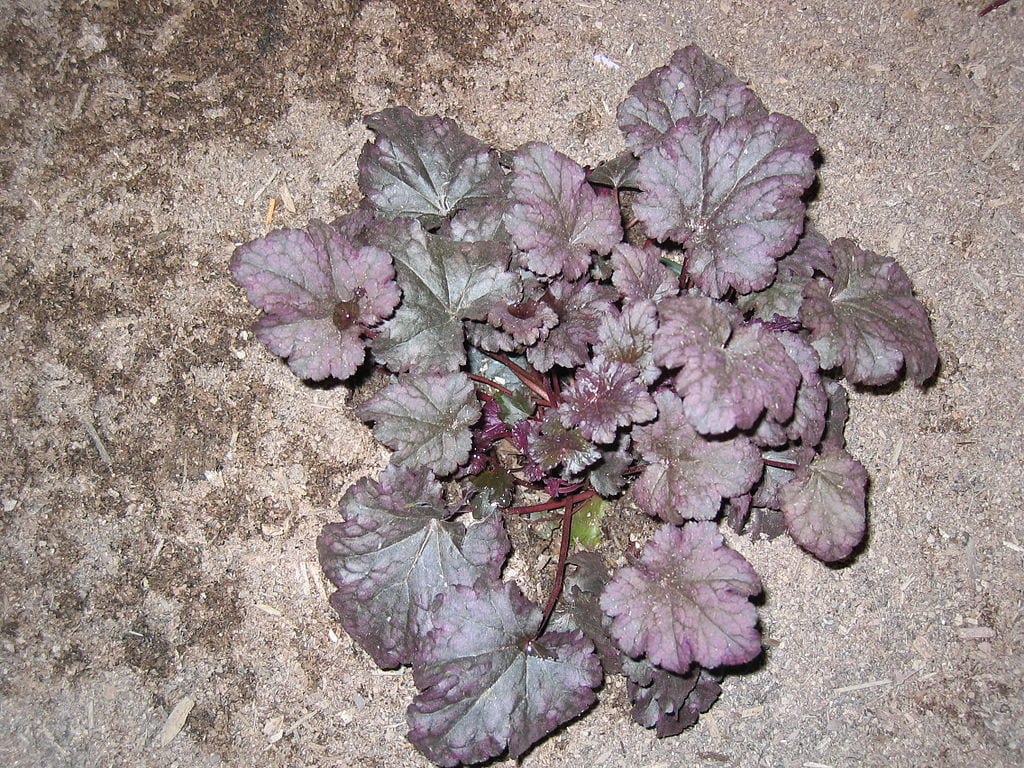
Hosta Leaves
Hosta leaves are medium to slightly large in size and come in variegated types. The leaves have light green patterns superimposed on darker leaf backgrounds. The leaves almost look as though there is one leaf on another. Partial shade is what this plant prefers, though there are varieties that can grow in full sunlight as well. The plant is known to be grown as a lovely accent, only for its leaves. The flowers are cut off so that the plant can focus on leaf development. Minute Man hosta is a great variety of unique leaves of the hosta family.
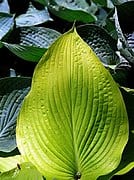
Other Special Leaves
Joseph’s Coat Plant Leaves (Amaranthus Tricolor)
A tropical plant, this is grown for its intense and striking second color that appears on bright green leaves. Strong and striking second colors are purple, orange or red. In Northern parts, it is an annual plant. It looks great in a container, or as a border in a flower bed.
Yellow Archangel Leaves
The flowers of this plant are small and pretty, but the leaves are a charm. The leaves are bright green with a white-gray splotchy design that is symmetrical. Some leaves are just plain green, but have a singular shape. Their edges are jagged. This grows well in light shady areas. In North America, varieties of this plant are quite invasive. They have good tolerance for shade and this makes them great candidates for a woodland garden. These plants grow in clumps and reach 3 feet in height. They may spread up to a similar distance.
Angel Wing Leaves
Angel Wing Leaves or Caladiums look extraordinary as foliage in any garden. Unusual leaves are large with arrow-head tops. They grow in unique blends of red, pink and white colors. Caladiums can grow inside and outdoors too. In the shade, they show a flamboyant burst of color in the summer. They grow well indoors in winter too.

